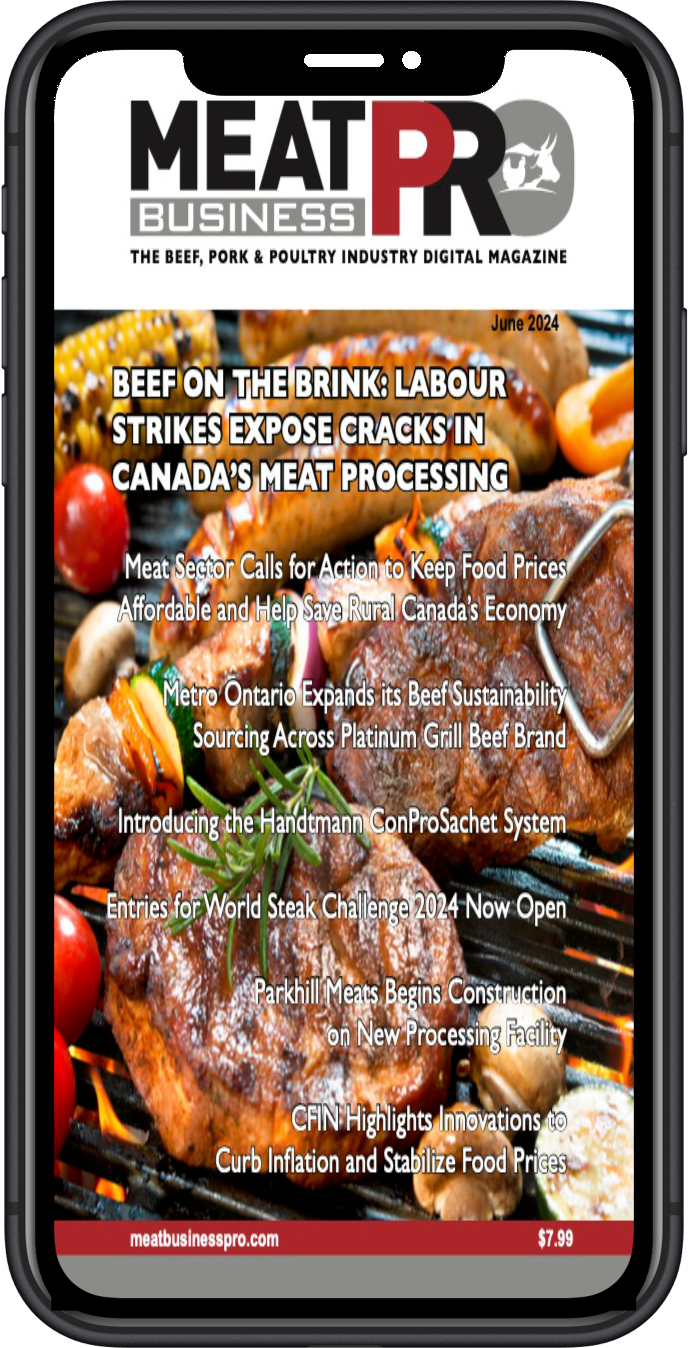Cattle producers struggling to find affordable feed after years of drought

Cattle producers across the Prairies are struggling to find affordable feed for their livestock after years of successive drought that dried up pastures and pushed feed prices sky high
“There’s no feed to purchase,” said Jeff Yorga, who ranches near Flintoft, 218 kilometres southwest of Regina.
“When we follow up on an opportunity to purchase something there is actually no feed available.”
Yorga, a second-generation rancher, sold off part of his herd last year after being unable to feed all of the livestock through the winter. Years of drought had scorched his pasture land and left little for animals to graze.
What was left of his herd, about 300 head, was trucked east for winter feeding.
“Producers are very much looking to the skies to see when their pastures are going to be ready, because there’s absolutely no feed left in many parts of Western Canada“
Now that his animals are back, the late, cool spring has delayed grazing on spring pasture land and forced Yorga to again go looking for other feed.
“They’re getting whatever we can scrounge up to give them,” he said, explaining that might include older straw or supplemental pellets.
“They have stuff to eat, but they don’t have an abundance to eat. I question if they’re ever full.”
Yorga has heard that round bales are selling for as much as $275 each — nearly triple what they cost two springs ago — but even at that price he can’t find any for sale.
“In a lot of cases, cattle are being moved from pastures with no grass to a different pasture with no grass,” he said.
“All that we can do at this point is just cross our fingers for rain and hope for warmer weather.”
Janice Bruynooghe, a co-ordinator with the Beef Cattle Research Council, said the feed shortage is concerning.
“People are really scrambling,” said Bruynooghe, who operates a cattle ranch near Outlook, 90 kilometres west of Saskatoon.
“Producers are very much looking to the skies to see when their pastures are going to be ready, because there’s absolutely no feed left in many parts of Western Canada.”
Bruynooghe said she’s seen forage prices nearly triple.
“We saw those prices absolutely, exponentially just go through the roof again.”
Bruynooghe said timely rains could be gamechanging, but wouldn’t be an immediate fix.
“It takes a long time to recover.”
Yorga, a vice-president with the Saskatchewan Stockgrowers Association, said he wasn’t the only rancher forced to move cattle for the winter because they didn’t have enough feed, and that it is expensive.
“Very few producers are going to be able to do it twice,” Yorga said. “We’ve lost a significant amount of money.”
(Jeff McIntosh/Canadian Press)
Grain prices skyrocketing due to drought and high oil prices
Feedlots are struggling under the same shortages and price hikes as smaller ranchers, according to Errol Anderson, president of ProMarket Communications, which trades commodities and provides market information for Prairie farms and feedlots.
He said prices for barley, a common livestock feed, are at about $10 a bushel — double what they were two years ago.
“Those are prices we’ve never heard of before,” Anderson said.
A drought-related barley shortage last year forced feedlots to “rail in” American corn by train to use as feed, Anderson said.
“They really had no choice because they couldn’t depend on the barley grower to provide enough feed.”
Then corn, usually a cheaper feed, also went up in price — 50 per cent over the winter to $11.50 a bushel, Anderson said.
“This is extremely high.”
He attributed the high price of corn to its use as both a fuel [ethanol] and food in the United States.
“With crude oil prices going over $100 a barrel, that has supported the ethanol and provided a boost on the corn.”
Anderson said that while cattle prices are also currently at a five-year high, it’s not enough for producers to turn a profit with feed prices where they are.
“There’s still a deep amount of red ink that’s out there and that’s really primarily due to the cost of feed.”
Arnold Balicki, chair of the Saskatchewan Cattlemen’s Association, runs about 248 head of cattle on his farm north of Shellbrooke, 44 kilometres west of Prince Albert. He said the moisture in his area is better than other parts of Saskatchewan.
He said feed is also easier to come by where he lives, but added he’s almost used up his supply, which should have lasted until mid June.
“We’re going to run out by the end of this week,” Balicki said
His goal is to keep his herd together — even if it comes at a cost.
“We all know we’re not going to make money on this year’s calf crop.”












